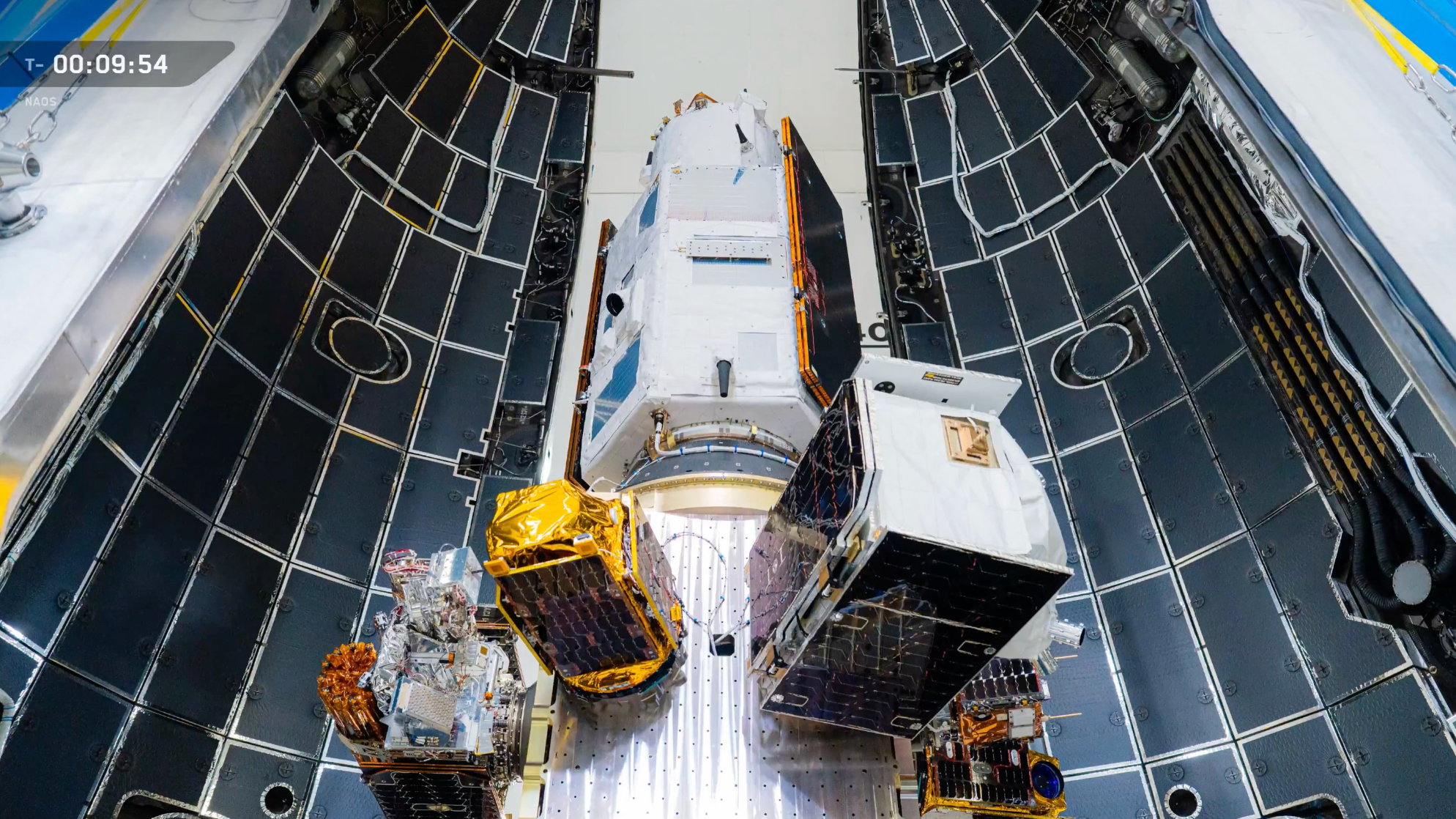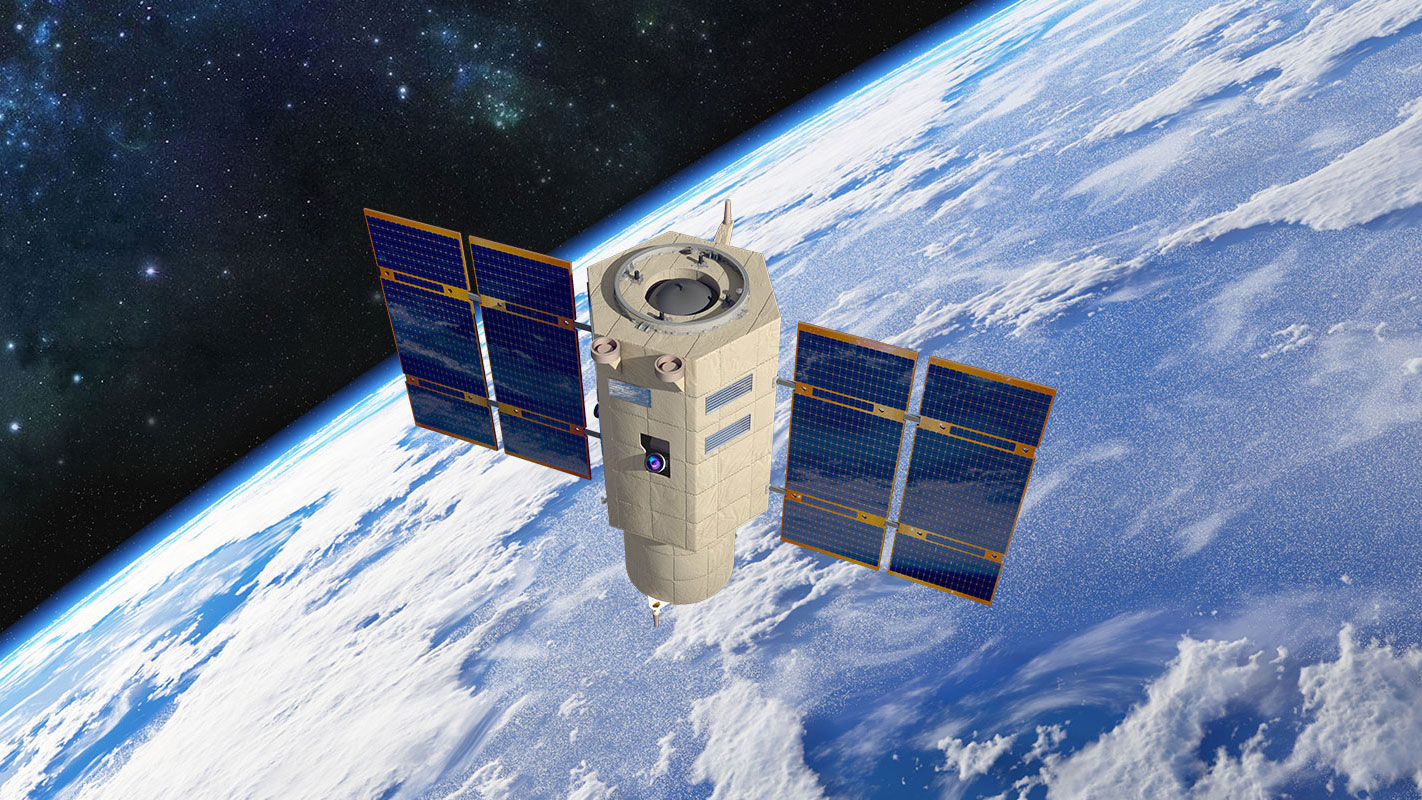SpaceX launched a new Earth-observation satellite along with several smaller spacecraft from California on Tuesday (Aug. 26).
A Falcon 9 rocket carrying Luxembourg’s National Advanced Optical System (NAOS) spacecraft lifted off on Tuesday at 2:53 p.m. EDT (1853 GMT or 11:53 a.m. PDT local) from Space Launch Complex 4 East at Vandenberg Space Force Base.
In addition to NAOS, which was built for Luxembourg by the company OHB Italia, the Falcon 9 is carrying small satellites for Dhruva Space (LEAP-1); the San Francisco-based company Planet (Pelican-3 and Pelican-4); and Exolaunch (Capella’s Acadia-6 and Pixxel’s FFLY-1, FFLY-2, and FFLY-3).

NAOS was deployed about 12 minutes into the flight as planned, with Pelican-3 and Pelican-4 following a few minutes later. The other secondary payloads are scheduled to be deployed about 69 minutes after launch.
LEAP-1 (or Launching Expeditions for Aspiring Payloads-1) is comprised of two demonstrations, including an advanced artificial intelligence (AI) module and a hyperspectral imager. The Pelican satellites will join Planet’s Earth-imaging constellation.
The Acadia and FFLY nanosats are also commercial observation platforms, the former featuring synthetic aperture radar technology and the latter high-frequency hyperspectral imaging.

The Falcon 9’s first stage landed back at Landing Zone-4 (LZ-4) at Vandenberg about eight minutes after launch as planned. It was the booster’s (B1063) 27th recovery — just two short of SpaceX‘s reuse record.
This launch was SpaceX’s 104th Falcon 9 mission of 2025 and the 522nd Falcon 9 launch since 2010.
Editor’s note: This story was updated at 3:05 p.m. ET with news of successful launch and NAOS, Pelican-3 and Pelican-4 deployment.
Source link

